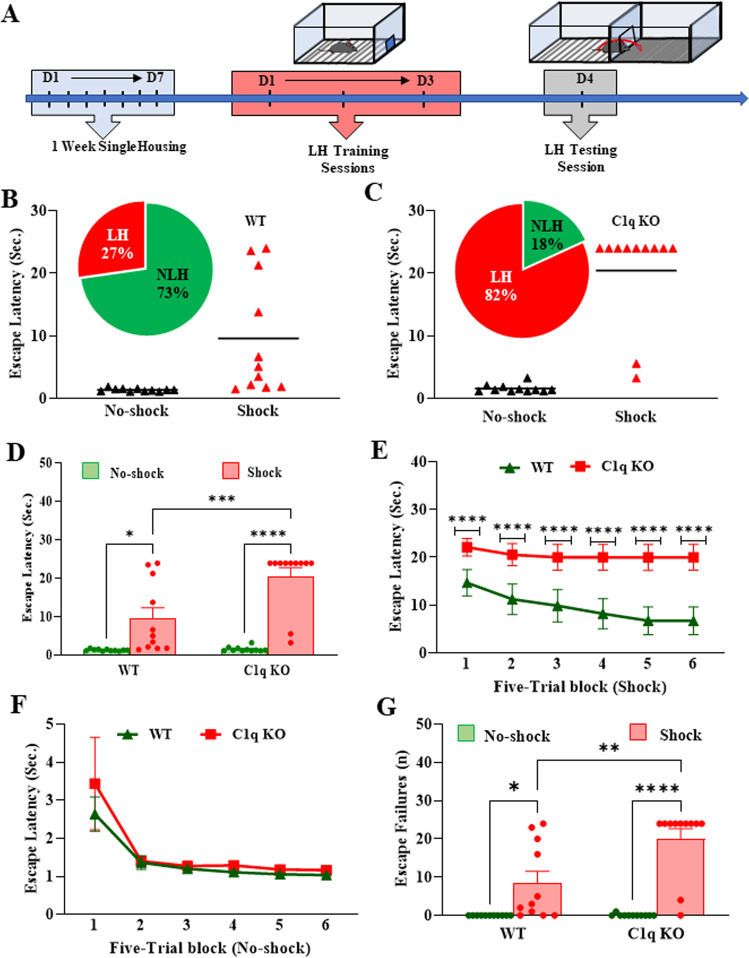Fig. 2. C1q deletion exacerbates the stress-induced helplessness behavior in mice.
A Learned helplessness (LH) paradigm. B, C Percentage of mice exhibiting helplessness. D Mean escape latency in an escape test. Two-way ANOVA, genotype X shock interaction (F (1, 40) = 8.313, p = 0.0063); Tukey’s multiple comparisons; *p = 0.0161 vs no-shock WT, ***p = 0.0009 vs shock WT, ****p < 0.0001 vs no-shock C1q KO. Mean escape latency per five-trial block in E shock and F no-shock groups. E Two-way repeated-measures ANOVA, genotype X number of block interaction (F (5, 50) = 3.901, p = 0.0046); Tukey’s multiple comparisons; ****p < 0.0001 vs shock WT. G Number of escape failures. A trial was considered to be an escape failure when a mouse failed to escape a 0.3 mA foot shock within 24 s. Two-way ANOVA, genotype X shock interaction (F (1, 40) = 7.902, p = 0.0076); Tukey’s multiple comparisons; *p = 0.0236 vs no-shock WT, **p = 0.0014 vs shock WT, ****p < 0.0001 vs no-shock C1q KO. Data are presented as percentage (%) or mean ± SEM. N = 11 per group.

